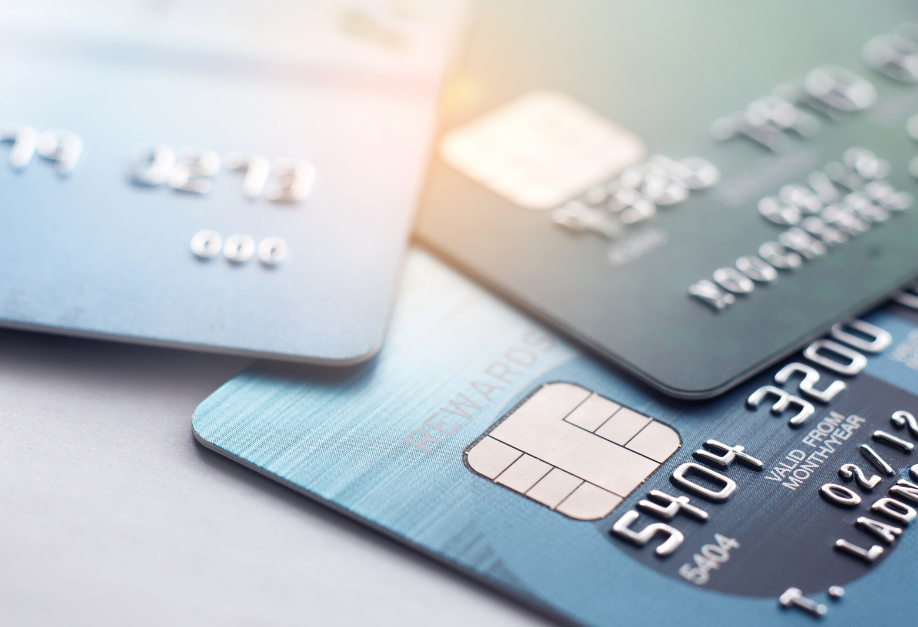How to measure customer satisfaction?
Is it still necessary to reiterate the importance of customer satisfaction? For several years now, it has become the battle horse of companies, and rightly so. It is the major challenge in an increasingly competitive world. Without customer satisfaction, any company would collapse. Moreover, the adage "one dissatisfied customer tells ten others" has become somewhat obsolete with social networks: a dissatisfied customer can write about it on Twitter or on another social platform, and the word is then potentially amplified, read, taken up and shared by thousands of people.

After implementing customer loyalty techniques, it is important to analyse their results. There are three well-known indicators for measuring customer satisfaction: CSAT, NPS and CES
CSAT
The Customer Satisfaction Score (CSAT) is the simplest method of calculating customer satisfaction. It measures overall customer satisfaction with a company, a purchase or a single interaction. It is calculated by asking a question, such as "How satisfied are you with your experience? The scale can go from 1 to 5 or from 1 to 10 for example, depending on the company's choice.
The strength of this satisfaction level indicator lies in its simplicity: it is a simple way to 'close the loop' of a client interaction and determine whether or not the customer service was effective.
NPS
The Net Promoter Score (NPS) is an indicator that can be used to assess customer loyalty and measure customer experience. The Net Promoter Score is calculated on the basis of responses to a single question, for example: "Would you recommend our company to a friend? The most commonly used scoring scale is often the 1-10 scale.
Respondents who answer with a score of 9 or 10 on the satisfaction barometer are called "promoters" and are considered brand ambassadors, i.e. people who are likely to be loyal customers who will talk about the brand around them in a very positive way, and therefore bring potential customers back to the company. Those who respond with a score of 0-6 are considered 'detractors', who are less likely to present the company in a positive light or even share its dissatisfaction. Customers responding with a score of 7 to 8 are called 'passive' or neutral, and their behaviour varies between promoters and detractors.
Finally, the NPS is calculated by subtracting the percentage of detractors from the percentage of promoters.
For some, the main advantage of NPS is that there is a strong link between the NPS score and the growth of the company. It is therefore considered to be the best predictor of the evolution of the customer experience.
CES
CES stands for "Customer Effort Score". It is an indicator that measures the effort required of a customer when interacting with a company. The less effort a client has to make, the more likely they are to be loyal to the brand. The scale, often in five points ranging from "Very Difficult" to "Very Easy", shows the effort required of customers. Instead of asking how satisfied the consumer was, you ask them to rate the ease of their experience.
OTHER MEASUREMENT TOOLS TO IDENTIFY THE STRENGTHS AND WEAKNESSES OF A PRODUCT OR SERVICE:
Satisfaction surveys: these are used to measure customer satisfaction and to obtain quality and rapid feedback following a purchase or an interaction with the company. The questions can be more varied and more precise, with open or closed questions.
Verbatims: the analysis of the words used by customers (by email, telephone or other channels) makes it possible to detect the emotions of customers and to define whether the exchanges were positive, neutral or negative.
CRM tools: they provide valuable analytical data for the company. Thanks to this source, the company will be able to analyse the behaviour of its customers (purchase frequency, channels used, analysis of requests, etc.)
Social networks: the role of the community manager is to monitor and "listen" to social networks in order to see the opinions and comments of customers. They can also provide them with personalised responses directly.
Beware: measuring customer satisfaction alone is useless. These tools are all levers for building loyalty, but their results must be used to improve the customer experience, and the results analysed regularly to ensure ongoing customer satisfaction.






